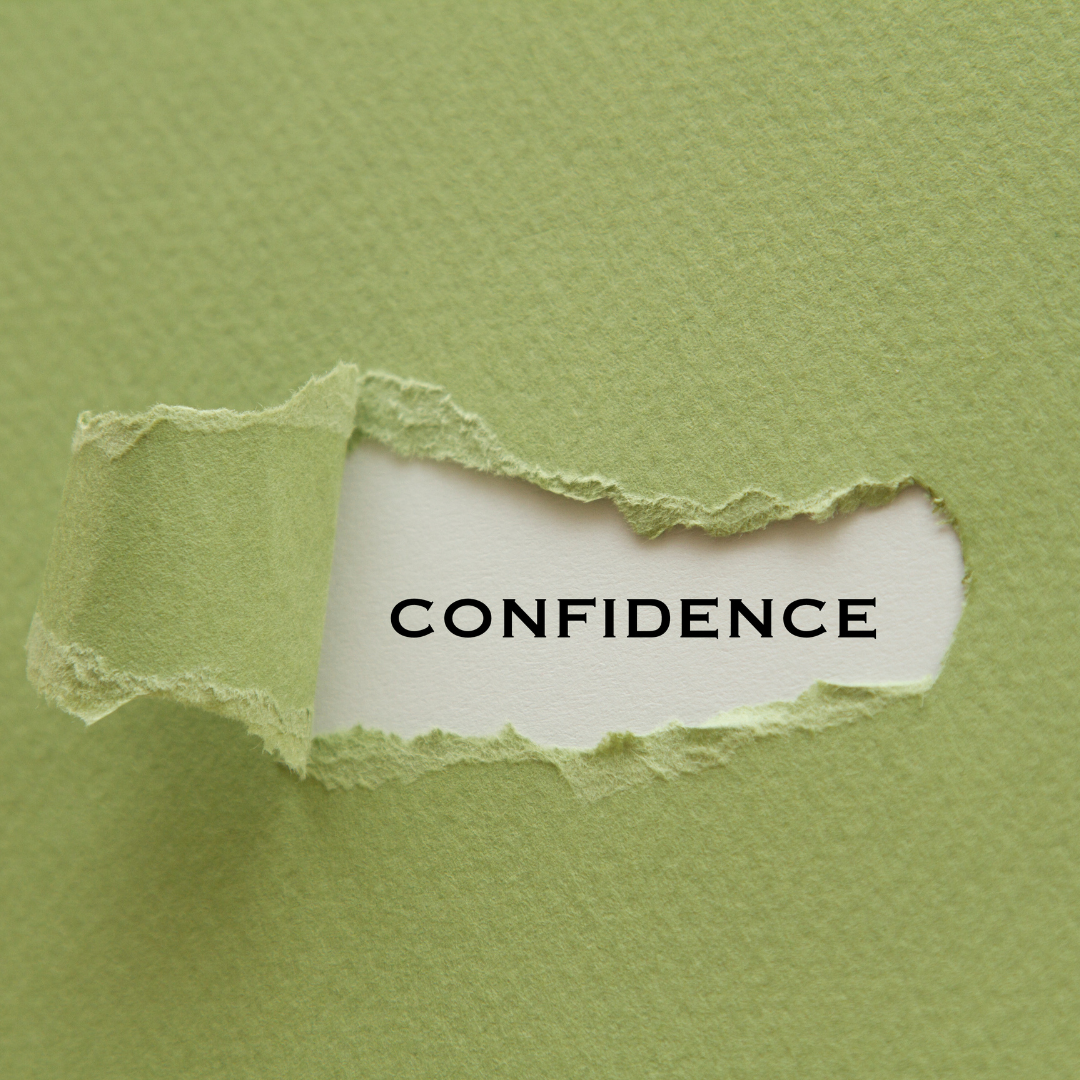9 WAYS TO PROTECT YOUR JOINTS & SOFT TISSUES
Whether you’ve always liked pounding the trails, have taken up running recently or are training for the marathon (go you!), implement these tips to protect your joints and soft tissues and keep you running further.
LIFT WEIGHTS
Running is a high-level physical activity, so your back, abs, and legs need to be strong. That’s why building good core strength is essential for all — but especially serious — runners. The stronger your muscles, the less impact on your joints. You’ll also decrease the likelihood of injury.

Try to incorporate strength training two to three times a week to build core strength so that the body is best equipped to handle the impact of running because the stronger your muscles, the less impact will go into your joints as you’re running, and the lower your chance will be for injury or damage.
WATCH YOUR WEIGHT
Runners often complain of more joint pains as they age and one reason is weight gain. Excess weight has been linked with additional stress on weight-bearing joints - like knees and hips – and increased injury risk - in runners per research conducted by the Biomechanics Laboratory at East Carolina ,University, US.
If you’re trying to lose weight, follow the tips here to lose fat without losing muscle.
WEAR THE RIGHT SHOES
Wearing the right running shoe can help prevent injury and promote performance.
According to Asics data, four in five runners risk injury in shoes that don’t suit their running style. To find the best running shoe for you, you need to know your foot type and what type of shoe best supports your arch and running style. Which is why visiting a specialist running shop is worth it for the (always free) gait analysis service which can provide valuable information about your style of running (and potential risk of injury). They can also help you select comfortable running shoes that match your specific foot type (neutral arch, low arch or high arch) and running style.
 Experts recommend that you replace your running shoes every 300-500 miles (500-800km), and lightweight shoes tend to be somewhere between 250-300 miles. So if you’re running 20 miles per week, you’ll probably need to replace them after 4-6 months. This is because as time goes on, shoes lose their cushioning and shock absorbency.
Experts recommend that you replace your running shoes every 300-500 miles (500-800km), and lightweight shoes tend to be somewhere between 250-300 miles. So if you’re running 20 miles per week, you’ll probably need to replace them after 4-6 months. This is because as time goes on, shoes lose their cushioning and shock absorbency.
There are also numerous benefits to having two pairs of shoes on the go.
GET YOUR TECHNIQUE RIGHT
It's a good idea to have your running form evaluated if you suffer from joint pain – or want to prevent it. A physio can detect issues such as hip adduction and overstriding – and instruct you on how to correct them.
And consider shortening your strides. An increase in stride rate by five to 10 per cent can reduce patellofemoral joint load by up to 20 per cent. It’s recommended to aim for 160-190 strides per minute.
CHANGE UP YOUR ROUTE & SURFACE
Depending on the type of mileage and surfaces you run on, running the same routes over and over again may result in overuse injuries or muscle stagnation. Changing where you run and how loads are placed on joints may keep injuries at bay. Change the surface, your route and tempo. The more variable your movements, the less you stress your tissues.
Running offers the chance for exploration, so if you’re searching for new routes to motivate you to keep running further, take inspiration from these epic trails which can be easily broken down into smaller routes that make them great destinations for runners of all abilities.
And when it comes to running surfaces, concrete is the toughest surface on your muscles and joints (particularly knees and ankles). In general, the softer the surface, the more joint-friendly it is. The best artificial surfaces for your joints are the newer, rubberized running tracks. They have turf designed to give your feet some cushioning and spring-back. So, change it up and try a mix of surfaces to support your training program.

DON’T FORGET TO STRETCH
Like with any training program, you should stretch before and after every run regardless of the length of your run. Post-run stretching is very important, and it’s particularly important to focus on the quadriceps, hamstrings, gluts, and calves. Check out recommended pre and post run stretches here.

IMMERSE YOURSELF IN AN ICE-BATH
Ice baths are another way to relieve soreness and alleviate muscle and joint stress after a run. Also called cold water immersion (CWI) or cryotherapy, the practice of taking a 10-to-15-minute dip in very cold water (50-59°F) after an intense exercise session or competition is believed to help reduce muscle pain and soreness.
Please note, however, if you have a pre-existing cardiovascular disease, high blood pressure or type 1 and type 2 diabetes you need to consider the risks of taking an ice-bath.
TAKE A COLLAGEN SUPPLEMENT
A high-impact work-out like running can be tough on your joints, especially if you run on concrete, so you may want to consider taking a collagen supplement to help support your joint health.
Taking collagen regularly helps maintain a healthy cartilage, which is the rubber-like tissue that covers the surface of our joints, protecting them from wear and tear, as well as alleviating joint inflammation and pain.
A joint study by Harvard Medical School and Tufts Medical Centre showed that the patients taking Collagen had “significant re-growth of damaged cartilage” after a year. A study conducted by Penn State University showed that 73 athletes who consumed collagen daily for 24 weeks experienced a significant decrease in joint pain while walking and at rest, compared with the group that did not take it. In another study, adults that took collagen daily for 70 days had a significant reduction in joint pain and were better able to engage in physical activity than those who did not take it.
Ingestible collagen has multiple science-backed benefits including fighting the signs of ageing like sagging skin as well as protecting your soft tissues and joints while running and enhancing your muscle repair and recovery after exercise — and it’s especially important for runners in terms of flexibility, mobility, and cushioning, which is why so many runners supplement their diet with collagen protein to keep their bodies in optimal working condition.
HIMMENSE SHIFT daily collagen drinks packed with vitamins have been especially formulated for men. Each 20ml ready to drink sachet contains 6000mg of hydrolyzed marine collagen protein plus vitamin C, for normal collagen formation, as well as vitamins B5 (pantothenic acid), B6, B12, D3, Selenium and Ashwagandha for multiple health benefits. So, wherever you like to run, HIMMENSE SHIFT helps you blaze trails every time.

Read more about the benefits of collagen here.
Join the plus side and shop HIMMENSE SHIFT here.
SCHEDULE RECOVERY TIME
Scheduling recovery time is key, especially as part of any distance-running training program. Since you’re putting your body through tremendous stress, you need time to let your muscles recover and rebuild.
So, give yourself enough time to recover between workouts. This is especially important if you’re training for a marathon. Get plenty of sleep (7-9 hours a night), which helps restore your energy levels.
While your body secretes growth hormone throughout the day, it peaks at night while you sleep and it’s also highest when your sleep is deepest. So, lack of sleep will only short-change your muscle growth and repair.
Published 25 February 2022
Read more Men's Health & Lifestyle blogs from HIMMENSE here.




